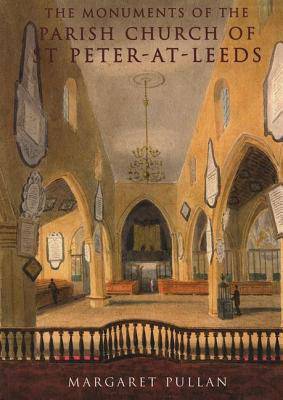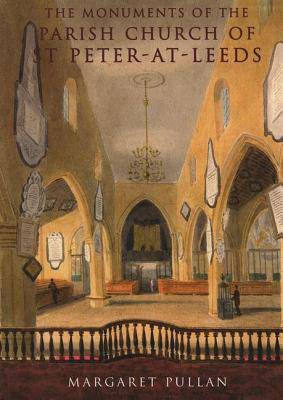
- Afhalen na 1 uur in een winkel met voorraad
- Gratis thuislevering in België vanaf € 30
- Ruim aanbod met 7 miljoen producten
- Afhalen na 1 uur in een winkel met voorraad
- Gratis thuislevering in België vanaf € 30
- Ruim aanbod met 7 miljoen producten
Zoeken
€ 35,45
+ 70 punten
Omschrijving
The Parish Church has not only played a significant part in the life of Leeds, it captures within it the history of the great events and people who together have shaped that city through the centuries. Hundreds of monuments and memorials dating from the Middle Ages to the present day encrust its walls and floors, telling as they do, the part Leeds people have played in that story. Here we see memorials to members of the Leeds Volunteers, formed to offset Napoleon's threatened invasion, and to the men from the city who fought in the Crimea, in South Africa and in two World Wars. Here also we find tributes to hundreds of local men, women and children who lived out their lives in the town; some now forgotten, others nationally famous, like Richard Oastler the 'Factory King'. Now for the first time, those memorials have been captured in Margaret Pullan's pioneering publication, the product of years of devoted research. The range of information offered includes records of births, marriages, and deaths, full inscriptions, background histories explaining why the deceased were buried in the Parish Church and the artistic merits of their tombs. Architectural, ecclesiastical and local historians will find this an invaluable contribution in their respective fields of work whilst the general public will find it gives a fascinating view of the people of Leeds who lived through the years as the old town grew into a major city.
Specificaties
Betrokkenen
- Auteur(s):
- Uitgeverij:
Inhoud
- Aantal bladzijden:
- 224
- Taal:
- Engels
- Reeks:
- Reeksnummer:
- nr. 2
Eigenschappen
- Productcode (EAN):
- 9781905981526
- Verschijningsdatum:
- 15/11/2007
- Uitvoering:
- Paperback
- Formaat:
- Trade paperback (VS)
- Afmetingen:
- 155 mm x 218 mm
- Gewicht:
- 362 g

Alleen bij Standaard Boekhandel
+ 70 punten op je klantenkaart van Standaard Boekhandel
Beoordelingen
We publiceren alleen reviews die voldoen aan de voorwaarden voor reviews. Bekijk onze voorwaarden voor reviews.











